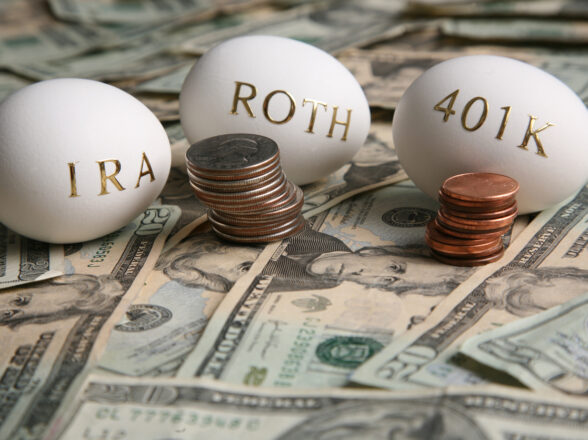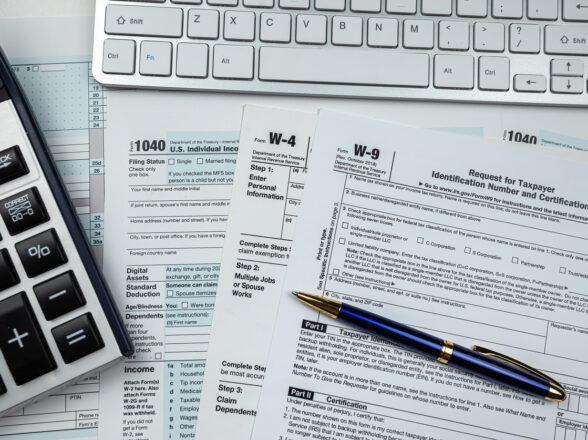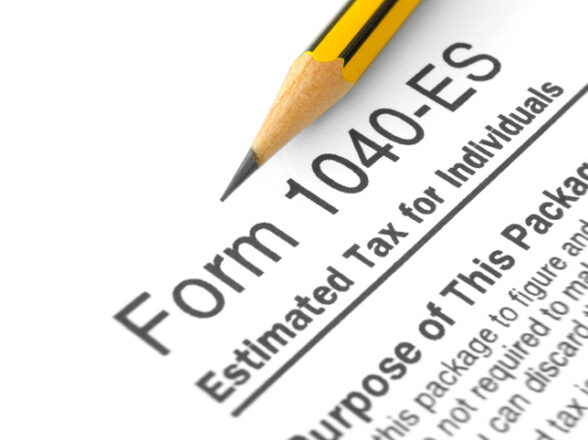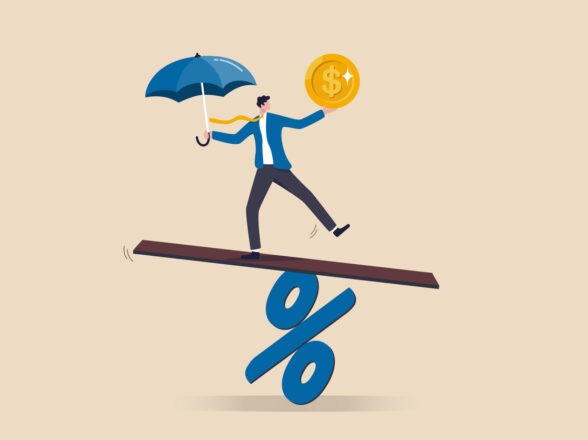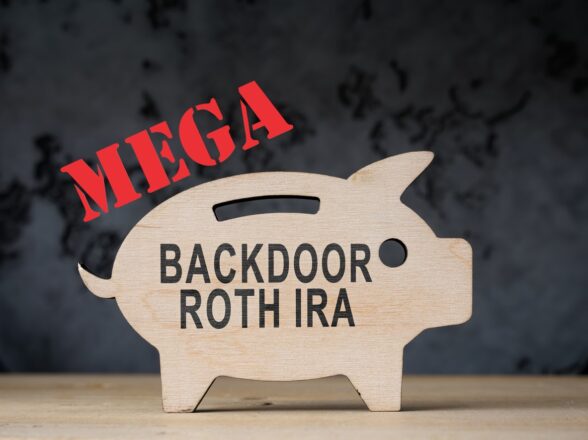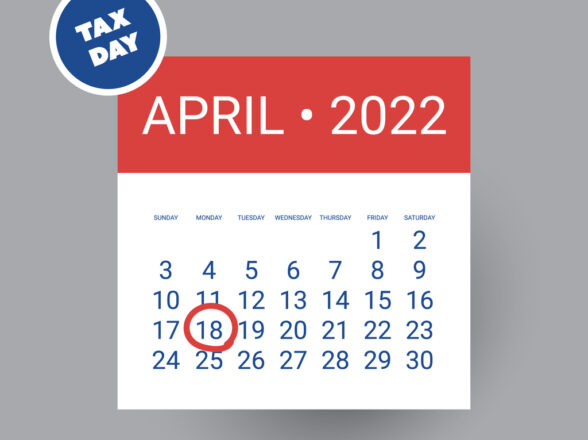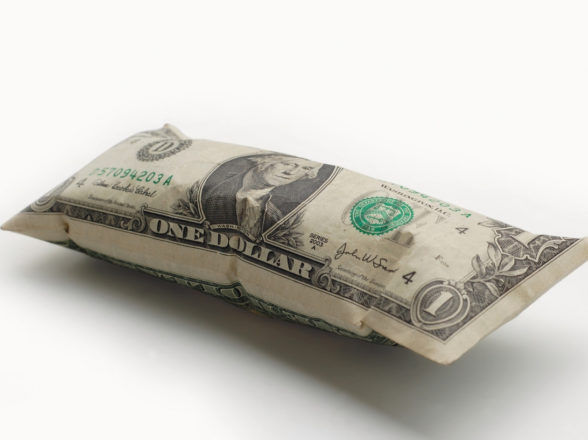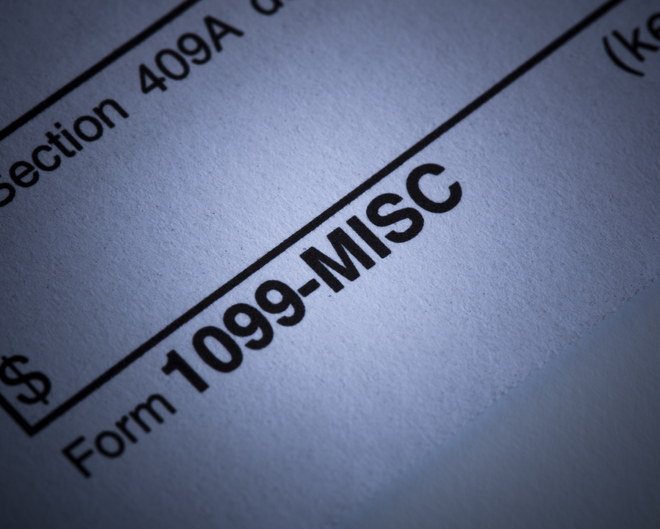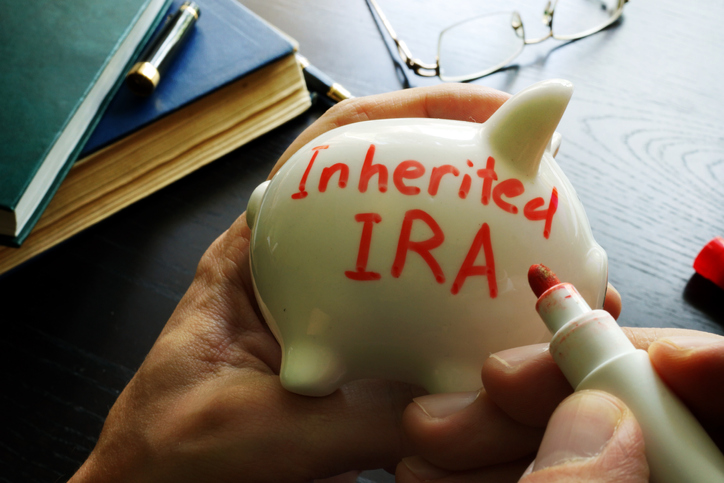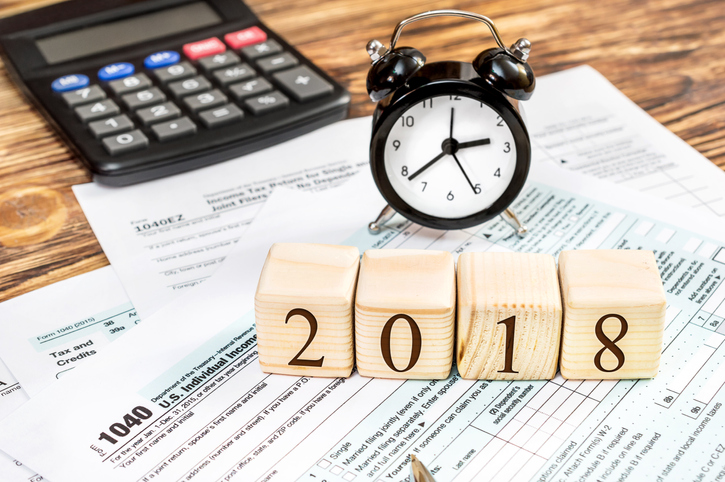Blog
Creating a Paycheck in Retirement: Stream Income, Not Shows

In our experience, even clients who clearly have enough assets to support their lifestyle still worry about running out of money (Income). It’s a natural, human dynamic that we see over and over again. So let’s not fret about those feelings, but rather, embrace your comprehensive financial plan in order to gain confidence in the numbers and make your Golden Years as enjoyable as possible.
It’s a big step to go from saving and growing a portfolio to drawing it down, particularly when markets are also shrinking the cash value. We are seeing this today, in fact. However, in times of negative returns in portfolios, we find ourselves reminding clients that a solid financial plan includes modeling periods of bad performance. Think about it; if we have already anticipated your assets are losing money at times, and we do so conservatively, our view is that you can trust the numbers.
Any good financial plan will also include a section of projected cash flows. Those of you who love the numbers will appreciate and dig into the details here. Others will simply defer to us and give us the latitude to determine the most optimal distribution strategy. Often times this includes working with a client’s CPA to ensure the taxes are minimized in addition to providing adequate income for the retirement years.
So let’s have a look at building a stream of income after your work years have come to a close.
Sources of Income during Retirement
There are two types of retirement income: guaranteed and non-guaranteed. Guaranteed income is that which the amount is known in advance or can be accurately estimated. Non-guaranteed income is that which the amount is not known in advance and cannot be accurately estimated.
Guaranteed Sources of Income during Retirement
Unlike other investments, income from the sources below is fixed and guaranteed.
1. Social Security
Social Security is part of the retirement plan for almost every American worker. 97% of older adults either receive or will receive it in the future. It replaces part of your pre-retirement income if you are 62 years old and above.
Social security benefits are guaranteed, but the amount you receive depends on several factors, such as:
- Earnings over your lifetime,
- The age you begin to receive the benefits,
- Whether you’ll be eligible to receive a spouse’s benefit instead of your own.
Since it makes up a majority of most retirees’ income according to multiple studies, you must maximize those checks. Each year you wait, the benefits increase.
If you begin at 62, you’ll receive 70% of your benefit per check if your FRA is 67. If you delay till 70, you could be eligible for 124% of your benefit per check with an FRA of 67. So, instead of collecting at 62, you will be better off if you wait until you are 70 years old for them to max out.
2. Pension
A pension is a type of retirement plan that provides you with a steady monthly income from your retirement until you pass away. Not all employers offer this plan though.
There are two types of pension plans: defined contribution, under which you contribute a fixed amount or percentage of your earnings, and defined benefit which offers guaranteed benefits upon retirement. You should look into the details of each of them to learn their implications for your bottom line.
3. Income Annuity
With the money saved up during your working years, you can purchase an income annuity. It is a contract with an insurance company that guarantees you a lifetime stream of income in exchange for a lump sum.
It is predictable but because the payment never increases, it decreases in value over time due to inflation. You have the option of the immediate annuity that begins to pay one month after you purchase it and the deferred annuity.
Upon your death, the insurer keeps the balance in your account, which heirs invariably despise! We have never seen a situation where a client benefited from putting an income annuity into their portfolio. The numbers just don’t add up and the costs make these financial products a bad value. Sadly, the insurance industry has pushed annuities on the investing public in the interest of generating fees, and not because they are a good solution to generating income.
Buyer beware when an insurance agent offers (or pushes) you to buy an annuity!
4. Laddered Bonds
Bonds usually make interest payments twice per year although some pay monthly, quarterly or annually. So, if you bought six bonds, you will have a steady cash flow every month throughout the year. These are called laddered bonds and are very easy to create due to the variety and flexibility of bonds.
When each bond matures, you buy another to extend the ladder. To minimize risk, the bonds should be spread across different industries and sectors. You can use the same strategy on certificates of deposit.
In today’s rising interest rate environment off of extreme lows, we remain very cautious on this part of the market when it comes to using bonds as a source of income.
5. Reverse Mortgage
A reverse mortgage, just like the traditional mortgage allows homeowners to borrow money using their homes as security. They have to be 62 years old or above and their mortgage must be paid off.
The money can be received as a lump sum, in installments, as a line of credit, or any combination of these options. The amount depends on the prevailing interest rates, the value of the home, and the age of the borrower.
Sadly, the cost to untake a reverse mortgage can far outweigh the benefits. Please contact us before entering into a reverse mortgage to get an opinion on the appropriateness of using this strategy as a source of income.
6. Required Minimum Distributions
Once you reach 72 years old, you can access another guaranteed source of income in form of withdrawing from your tax-free or tax-deferred account, such as a Roth IRA.
Making withdrawals from these accounts shouldn’t be done haphazardly. You should take a strategic approach to help reduce your tax bill. That is why you need to work with a financial advisor as you create your paycheck in retirement. They will show you how to minimize taxes on withdrawals.
Apart from the above strategies, you can continue working part-time if you are worried you will run out of money prematurely, or you just don’t want to be bored. You can also buy properties and rent them out or invest in a local business.
Non-guaranteed Sources of Retirement Cash
Income from these sources depends on the state of the market at the time of withdrawal.
Investing
You can create a paycheck in retirement through investments. You have two options: either you invest and live on dividends from stocks and interest from other investments, or use the total return approach.
Although the former option sounds great because you don’t have to touch the original investment to generate income, not many people can live on interests and dividends alone. Yields are very low at the moment so it would take a very huge investment to make enough to live off, and most retirees can’t afford such capital.
The total return approach involves creating a diversified portfolio of bonds and stocks. The objective is to maximize returns by choosing investments beyond those that focus only on dividends and interest. The benefit of this approach is that you get income through interests, dividends, and growth.
Withdrawal Strategies
Having the best combination of the income sources above is only a part of securing your financial future. If you leave it at that, your financial future is as secure as that of someone who didn’t plan for it. The other part involves the decisions you make about withdrawing your savings.
It is impossible to definitively say how much you should withdraw without running out because nobody knows how long they will live. Nonetheless, some strategies can stretch out your money for as long as it takes.
The strategy you choose depends on several factors such as your average expenses, how much money you have saved, and how concerned you are about running out.
The 4% Rule
Under the 4% rule by William Bengen, you should withdraw only 4% from your retirement account in the first year of retirement. Each year after that, you increase the rate to keep up with inflation.
For example, if you have $1,000,000 in your account, you will withdraw $40,000 in the first year. If there is a 2% inflation, you will withdraw 40,800 the second year and so on. Your savings should last 30 years.
It uses a simple concept and allows you to maintain your spending power. However, with the rising interest rates and market volatility, there is a risk of you running out of money with this strategy.
This is one of the most hotly debated topics in financial planning, and no two financial advisors are likely to agree on the efficacy of a 4% withdrawal rate. Hence, it pays to complete a comprehensive financial plan and ‘play with the numbers’ such that you can achieve a comfort level with the exact amount you need to and ultimately take from your investments to live on.
Fixed-dollar Withdrawals
Under the fixed-dollar withdrawals strategy, you withdraw a fixed amount of money from your accounts every year for a set period, and then review it. For example, you could decide to take out $30,000 for the first five years, then reduce or increase it according to the situation at the time.
The downside of this method is because you will have the same amount in your paycheck for a while, you’ll end up losing purchasing power. Also, if you withdraw too much each time, you will run out of money before your time comes.
Fixed Percentage Withdrawals
Fixed percentage withdrawals are similar to fixed dollar withdrawals, only that the former uses a percentage instead of a dollar amount. For example, you could decide to take out 5% each year until you feel the need to reassess.
The best part of this strategy is that the amount rises and falls with fluctuations in your account. But that is also its downside as it makes it hard to plan for the funds.
Systematic Withdrawals
Under systematic withdrawals, you only withdraw the interest and dividend generated from your investment and not the investment itself.
The best part about this strategy is that it’s impossible to run out of money. However, you need to have made a huge investment for the dividends and interest to be enough to live off of. Also, because the income varies per year, it is not easy to make financial plans.
Buckets
The buckets strategy requires you to plan when and how you plan on using your money over the next roughly ten years. You can create your strategy with as many buckets as you want, but a typical buckets strategy uses two or three.
The first bucket contains investments in assets for near-term use say, within three years. The investments are highly liquid such as savings accounts, certificates of deposit, and checking accounts.
The second bucket contains investments such as fixed-income securities, and bonds among others. The total return portfolio should provide long-term growth. If you are using two buckets, ensure the investments in the second bucket will be needed in roughly three to ten years.
If you are using three buckets, the third bucket should contain investments in growth funds, which will be needed in ten years or more. You move the funds from the second to the first bucket as soon as the timeframe ends.
The buckets strategy ensures you never run out of money, or find yourself pulling money from stocks in a down market.
Creating Your Retirement Paycheck
The final step in the process is to get the right amount of funds in the most optimal way into your bank account where you are able to fund your retirement lifestyle. Although not an easy process, clients who undertake this effort and put in the appropriate time with us to craft a smart plan walk away with a great deal of confidence that the future is bright, and their financial needs with not impede their long-term plans.
If you would like to see your projected retirement cash flows in-depth, please be in touch and we will be happy to set up a time to review the particulars of your situation. Contact



